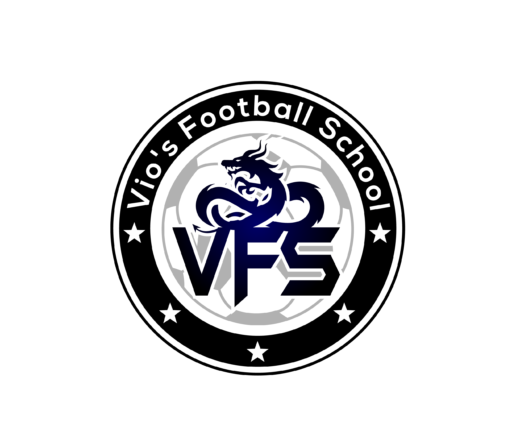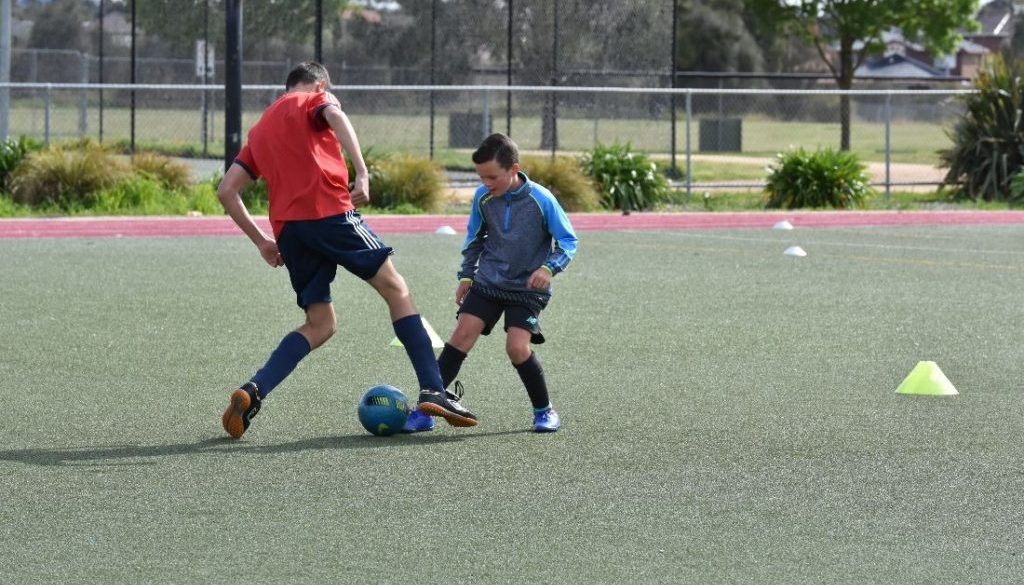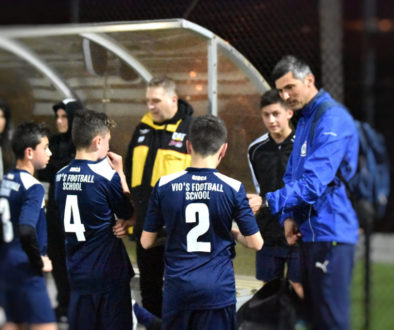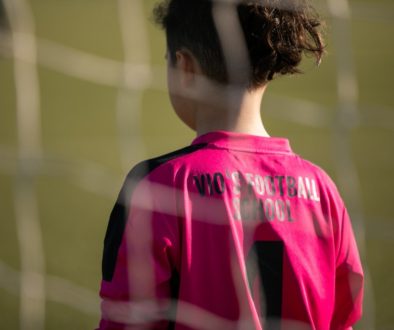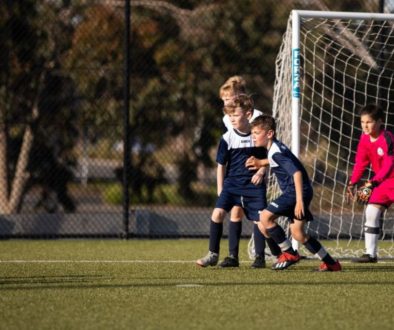Relative Age Effect
This leads me to tell you about the Relative Age Effect. Studies have shown that players born at the front end of the year are over-represented in professional football. Why?
I believe that there is a culture of winning within the junior years of football. This leads trainers to select the more mature and more developed players in a bid to win. The consequence of this is that there is an imbalance as to how we view player development as a whole. There is less opportunity given to players born later in the year. Conversely the ones selected for being born early in the year are being misused because they guaranty a win.
Each child needs to be given the same opportunities to grow and develop. We are missing out on potential talent.
- 𝗖𝗵𝗿𝗼𝗻𝗼𝗹𝗼𝗴𝗶𝗰𝗮𝗹 𝗔𝗴𝗲 – this is the actual date of birth of the child.
- 𝗕𝗶𝗼𝗹𝗼𝗴𝗶𝗰𝗮𝗹 𝗔𝗴𝗲 – maturity level. Children of the same biological age may be up to 3-4 years apart based on their rate of maturation.
- 𝗧𝗿𝗮𝗶𝗻𝗶𝗻𝗴 𝗔𝗴𝗲 – years of practice. Two children with the same chronological and biological age can be poles apart in terms of skills and understanding of the game if one has trained substantially more.
Before placing a child into our programs we try to work out the current stage of development of each child based on the combination of the three different ages. This has proved to be very successful, with children developing to their full potential
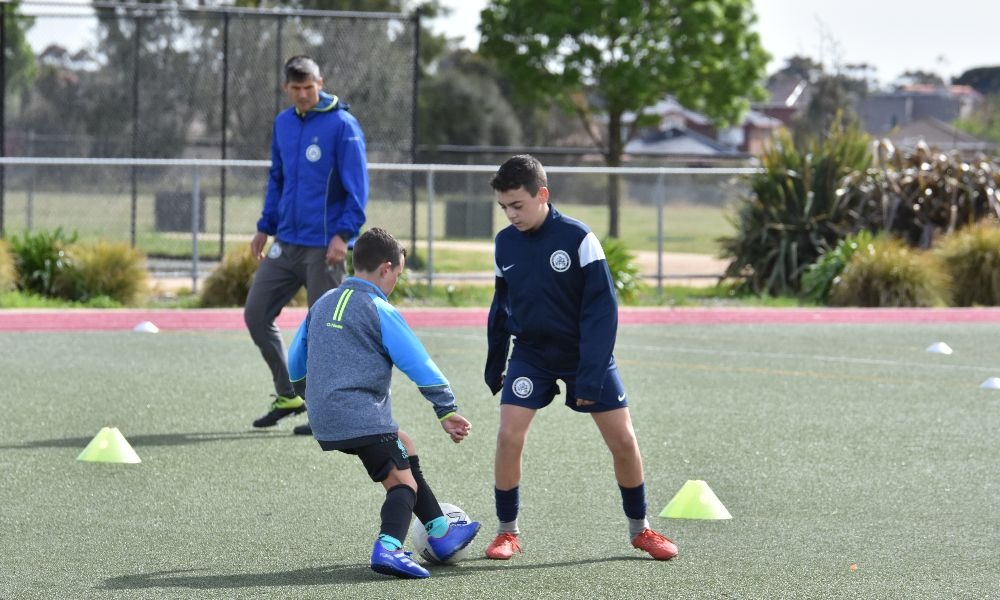
Three Ages of Sport
#1 𝗖𝗵𝗿𝗼𝗻𝗼𝗹𝗼𝗴𝗶𝗰𝗮𝗹 𝗔𝗴𝗲, #2 𝗕𝗶𝗼𝗹𝗼𝗴𝗶𝗰𝗮𝗹 𝗔𝗴𝗲, #3 𝗧𝗿𝗮𝗶𝗻𝗶𝗻𝗴 𝗔𝗴𝗲
